Nominations voting is from January 8-12, 2025, with official Oscar nominations announced January 17, 2025. Final voting is February 11-18, 2025. And finally, the 97th Oscars telecast will be broadcast on Sunday, March 2 and air live on ABC at 7 p.m. ET/ 4 p.m. PT. We update our picks through awards season, so keep checking IndieWire for all our 2025 Oscar predictions.
The State of the Race
As we enter the fall/holiday season, “Wicked” (Universal) and “Gladiator II” (Paramount) are gathering great early buzz. Other standouts include “Conclave” (Focus Features), “Emilia Pérez” (Netflix), “Blitz” (Apple TV+), and “Maria” (Netflix). Still to come are the highly anticipated “Nosferatu” (Focus Features), and “A Complete Unknown” (Searchlight Pictures). Also in the running, of course, is “Dune: Part Two” (Warner Bros.).


“Wicked,” Jon M. Chu’s adaptation of the Broadway musical fantasy by Stephen Schwartz and Winnie Holzman, explores the teen friendship between the Wicked Witch and Glinda the Good Witch before they become rivals. Cynthia Erivo stars as Elphaba Thropp, the compassionate girl born with green skin, and Ariana Grande plays the conceited Galinda Upland. Costume designer Paul Tazewell (who previously teamed up with Chu on “In the Heights”) is no stranger to the world of Oz. He previously designed five productions of “The Wiz” and worked on “The Wiz Live!” Tazewell’s approach to Elphaba and Glinda’s costumes was to create intentional differences and highlight the juxtaposition of dark and light, textured versus refined, using a connection with nature for Elphaba and a floating sensibility for Galinda.
“Gladiator II,” Ridley Scott’s sequel to his Oscar winner, takes place two decades later as the Roman Empire continues to implode, providing a legacy-building opportunity for go-to costume designer Janty Yates (who won the Oscar for “Gladiator”) and co-designer Dave Crossman (“Napoleon”), who created the costumes for the Roman military and gladiators. It concerns Lucius (Paul Mescal), the former heir to the Empire, forced to enter the Colosseum as a ruthless gladiator. His armor appears inspired by Russell Crowe’s Maximus from the first film. Denzel Washington’s Macrinus, a former slave turned merchant, uses Lucius as part of his power play by pitting him in the arena against Pedro Pascal’s Roman general, Marcus Acacius. For Macrinus, Yates took inspiration from painters Jean-Joseph Benjamin-Constant and Jean-Leon Gerome to deliver classical Roman attire with opulence. She went over the top for the eccentric Emperors Geta (Joseph Quinn) and Caracalla (Fred Hechinger) with plenty of embroidery, gold on gold, and silver on silver. There’s a bit of a modern touch to Lucius’ mother, Lucilla (reprised by Connie Nielsen), whose costumes pay slight nods to 20th-century designers Halston and Courreges.
“Nosferatu,” director Robert Eggers’ reworking of F.W. Murnau’s legendary silent vampire film (remade by Werner Herzog in 1979), is a new take on the pre-Victorian haunted tale of gothic horror. It stars Bill Skarsgård as the infamous Count Orlok, Lily-Rose Depp as Ellen Hutter, the object of his desire, and Nicholas Hoult as her husband. The social status of the characters is part of the costumes’ DNA and impacts everything. Go-to costume designer Linda Muir carefully designed Ellen’s wardrobe, for example, to convey her troubled state of mind. An other-worldly connection to Orlok lends an ethereal quality to her clothes.
 Pedro Pascal in ‘Gladiator II’ Aidan Monaghan
Pedro Pascal in ‘Gladiator II’ Aidan Monaghan“Conclave,” director Edward Berger’s follow-up to his Oscar-winning “All Quiet on the Western Front,” is a religious thriller adapted from the Robert Harris novel about a Cardinal (Ralph Fiennes) tasked with finding a successor to the deceased Pope, who harbored a dangerous secret. Costume designer Lisy Christl (“All Quiet on the Western Front”) dresses the papal trappings for a cast that includes three other Cardinals (played by Stanley Tucci, John Lithgow, and Lucian Msamati). Christl got creative with different fabrics, sewing, and deeper colors. Since so many of the characters are dressed in identical red robes, she differentiated through such details as crosses, rings, shoes, and overcoats.
“Emilia Pérez,” the musical crime thriller from Jacques Audiard, stars Zoe Saldaña as a disgruntled lawyer who assists the titular Mexican cartel leader (Karla Sofía Gascón) in undergoing gender confirmation surgery. Selena Gomez plays the wife of the cartel leader. The director audaciously offers an operatic fever dream about the hope of a new life through song and dance — but it’s also about the difficulty in leading double lives. Virginie Montel designed the costumes with a theatrical flair that expresses the characters’ fantasies during the musical sequences.
“Blitz,” from British director Steve McQueen, concerns Londoners during the Blitz of World War II in 1940. The harrowing drama focuses on a young biracial boy (Elliott Heffernan) attempting to reunite with his mother (Saoirse Ronan) and grandfather (Paul Weller) in London. Oscar-winning costume designer Jacqueline Durran (who previously worked with McQueen on “Small Axe”) used London as a character in her approach as a sprawling city devoid of cliche and repetition. Despite the harrowing circumstances, people still dressed up and created a look for themselves that reflected their personality. Ronan and the other female munitions workers differentiated themselves through head scarves and heels and the way they accessorized their suits.
“Maria,” Pablo Larraín’s biographically-inspired drama about opera singer Maria Callas (Angelina Jolie), takes place during her final years in Paris in the ’70s. It continues the director’s cycle of psychological portraits (“Jackie,” “Spencer”) and contains a visual concept that fuses the ’40s through the ’70s period with surreal musical sequences. Costume designer Massimo Cantini Parrini took inspiration from Callas’ original wardrobe; however, no new fur was sourced for Jolie’s garments.
 Lily-Rose Depp in ‘Nosferatu’Courtesy of Focus Features
Lily-Rose Depp in ‘Nosferatu’Courtesy of Focus FeaturesIn “Dune: Part Two,” costume designer Jacqueline West focused on the Harkonnen of Giedi Prime and Arrakis while introducing the Imperial world. This entailed creating looks for a whole new set of groups. In addition, the team came up with new costumes for the Bene Gesserits, particularly the southern Reverend Mothers of the Fremen, and a new color palette for the cave-dwelling Sietch, joined by Lady Jessica (Rebecca Ferguson).
Egyptian art was the inspiration for the southern Reverend Mothers, which was ornate in a warm, sandy, organic color palette, with light olive greens, silver, and gold. The Sietch clothing contains simple organic fabrics fashioned into loose outfits, almost like pajamas. For Christopher Walken’s Emperor, West was guided by Mongol ruler Kublai Khan sitting on a throne. Princess Irulan (Florence Pugh), like all Bene Gesserits, is based on medieval nuns. Her headdress was more ornate, and she had a close-fitting chainmail hood with a mesh-like metal grille.
Tim Burton’s “Beetlejuice Beetlejuice” (Warner Bros.), the sequel to his horror comedy, sees Michael Keaton’s foul-mouth ghoul return from the afterlife to torment the Deetz family 36 years later. Oscar-winning go-to costume designer Colleen Atwood gets her first crack at costuming Keaton’s Beetlejuice and happily puts him back in the iconic black-and-white striped suit with her own stylish modifications, and the burgundy tux finds its way back as well. Dressing the rest of the cast, including the underworld, offered a gallery of goth, Victorian, and grunge.
Greg Kwedar’s “Sing Sing” (A24), the fact-based drama about an inmate theater troupe at Sing Sing led by Colman Domingo’s Divine G, is built around their attempt to stage the time-traveling comedy “Breakin’ the Mummy’s Code.” Costume designer Desira Pesta not only reproduced the prison wear known as “The Greens” (which were purposefully ill-fitting for Divine G), but also the eye-catching costumes for the play. In studying videos of the actual production, she seized on the notion that the men had a childlike approach to creating their costumes.
“Megalopolis,” Francis Ford Coppola’s $120 million epic, involves Adam Driver’s idealistic architect rebuilding the city as a utopia and the resulting clash with the ruling elite. Costume designer Milena Canonero, in her flamboyance, strove for the look of a hopeful New World but with the remnants of ancient one that was disappearing.
As for the rest: “Joker: Folie à Deux” (Warner Bros.), Todd Phillips’ musical thriller, picks up with Arthur/Joker (Joaquin Phoenix) facing the death penalty for multiple murders and striking up a delusional romance with Lady Gaga’s Harley Quinn while incarcerated in Arkham Asylum. Costume designer Arianne Phillips steps in for Mark Bridges, recreating and tweaking Arthur Fleck/Joker’s look while creating a wardrobe for Harley Quinn that works in the context of musically inspired inner fantasies.
“The Brutalist,” from director Brady Corbet (“Vox Lux”), is a 215-minute epic spanning 30 years in the life of László Tóth (Adrien Brody), a Hungarian Jew and Auschwitz survivor, who struggles as a visionary architect before being offered a massive project by Lee Van Buren (Guy Pearce). The director tasked costume designer Kate Forbes with conveying the authenticity of the various periods (particularly mid-century American) along with paying tribute to movies and stars of the post-war era. For Tóth, Forbes focused on the mid-’50s and the Beat Generation, as well as Hollywood actor Gregory Peck, using V-cut sports jackets and knitwear to convey his independence and non-conformity.
Robert Zemeckis’ “Here” (Sony Pictures), based on the graphic novel by Richard McGuire about the inhabitants of a single house throughout time, offers go-to costume designer Joanna Johnston a creative way of chronicling changing fashions from the ’30s to the present day. The focus is a couple played by Tom Hanks and Robin Wright (reunited from “Forrest Gump”), who meet and marry in the late ’60s, raise a family, and grow old together. Zemeckis has adopted a virtual production methodology around Metaphysic Live, the generative AI software from Metaphysic, which face-swaps and de-ages the actors in real-time as they perform.
“The Piano Lesson,” Malcolm Washington’s adaption of the August Wilson play starring John David Washington and Samuel L. Jackson, explores the lives of the Charles family in 1936 Pittsburgh. Costume designer Francine Jamison-Tanchuck creates the wardrobe for this Depression-era working-class family. The ensemble cast also includes Ray Fisher, Danielle Deadwyler, Michael Potts, and Corey Hawkins.
“Saturday Night,” from director Jason Reitman, chronicles the lead-up to the premiere of NBC’s iconic late-night sketch comedy show, starring Gabriel LaBelle (“The Fabelmans”) as “SNL” creator/producer Lorne Michaels. Costume designer Danny Glicker (“Ghostbusters: Afterlife”) creates the period wardrobes for these comic legends that come together for this momentous show.
“A Complete Unknown,” James Mangold’s Bob Dylan biopic starring Timothée Chalamet, chronicles the folk star’s rise in New York’s West Village in 1961 to the controversial 1965 Newport Folk Festival, where he turned electric. Costume designer Phillips was responsible for dressing Chalamet as the freewheelin’ Dylan.
Potential nominees are listed in alphabetical order; no film will be deemed a frontrunner until we have seen it.
Frontrunners
“Conclave”
“Dune: Part Two”
“Emilia Pérez”
“Gladiator II”
“Wicked”
Contenders
“Beetlejuice Beetlejuice”
“Blitz”
“The Brutalist”
“A Complete Unknown”
“Here”
“Joker: Folie à Deux”
“Megalopolis”
“Nosferatu”
“The Piano Lesson”
“Saturday Night”
“Sing Sing”


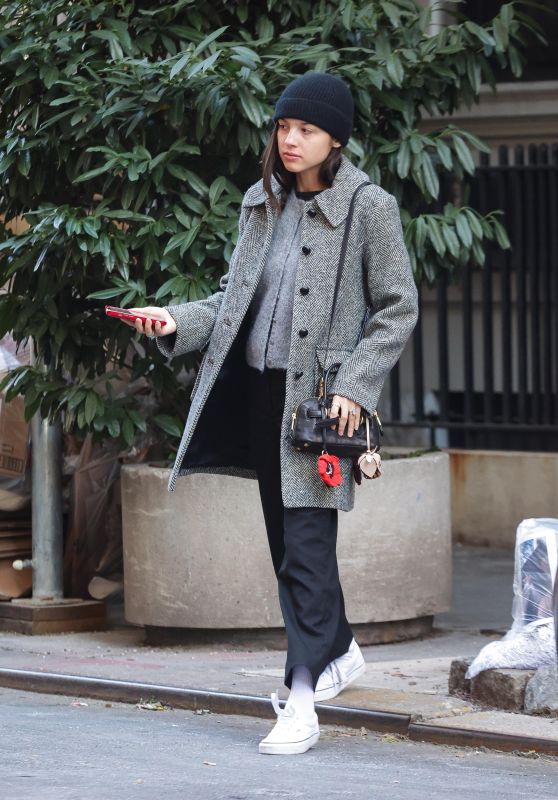
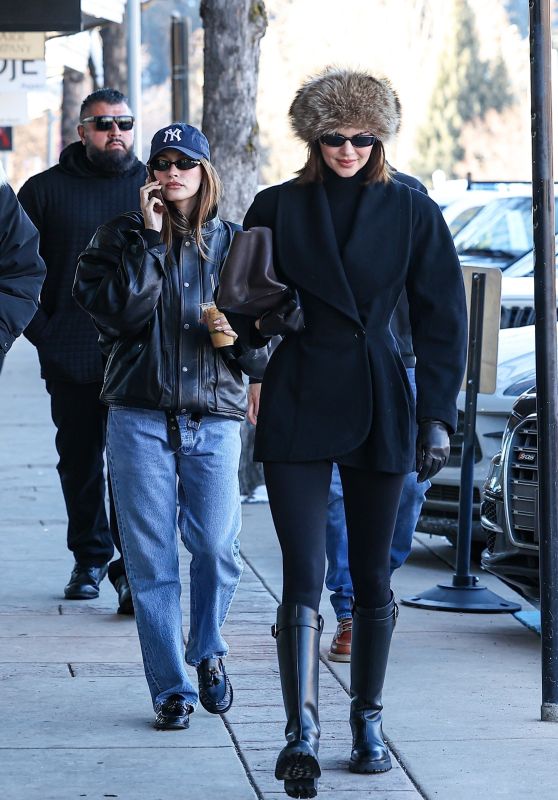

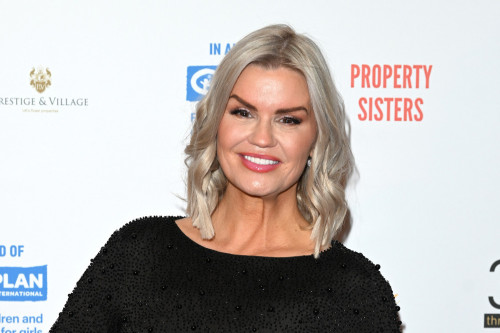




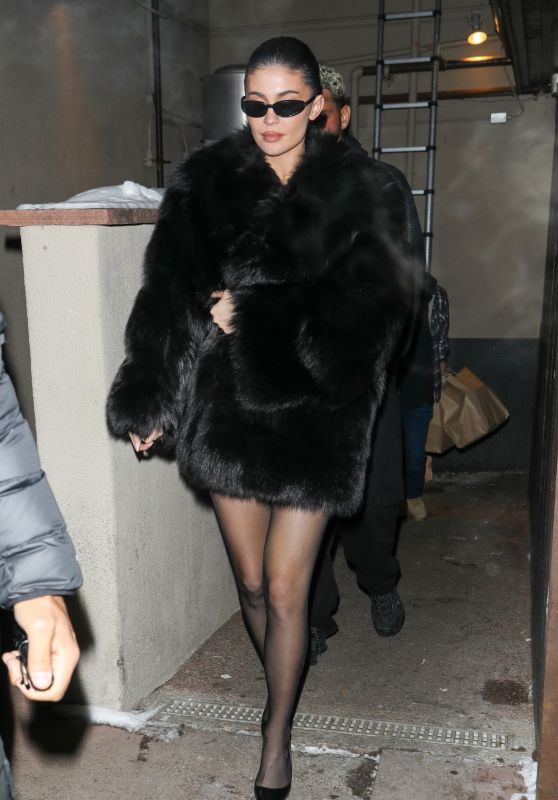
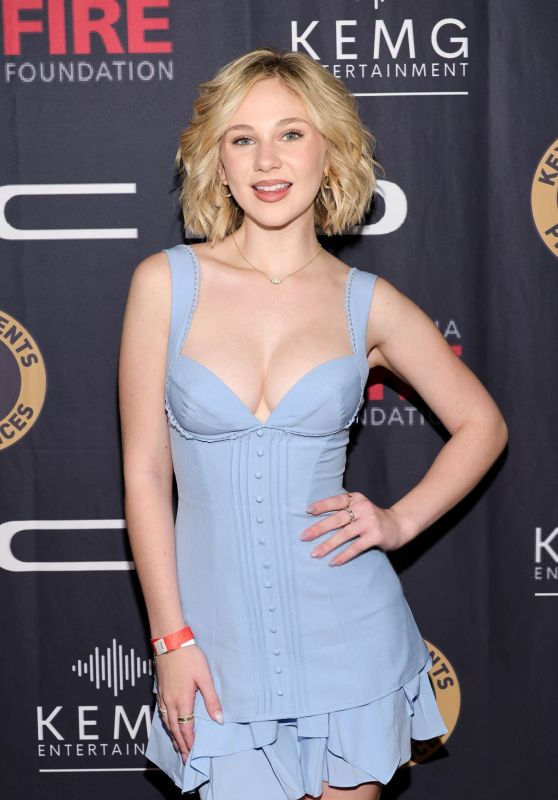








 English (US) ·
English (US) ·